Other notable ships built in Guangzhou include the Xin Guang Hua, the largest semi-submerged ship in Asia and the Thjelvar, the world's fastest luxury ro-ro passenger ship which cost more than 1 billion yuan ($160 million) to make. These new state-of-the-art vessels reflect the rapid development of Guangzhou's ship-building industry, with its newfound focus on quality, efficiency and smart manufacturing.
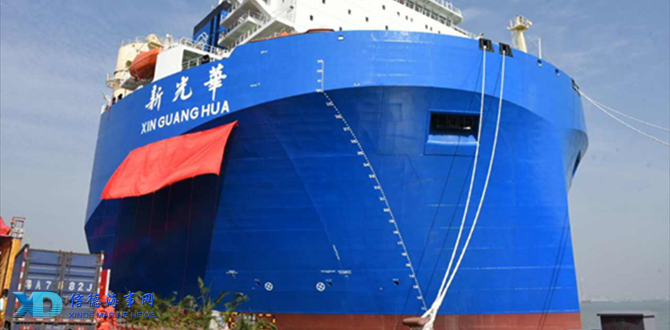
"Advanced technology is the result of innovation and talent, and the recent breakthroughs experienced by Guangzhou's shipbuilding industry are entirely thanks to researchers and personnel who have dedicated their lives to the development of science and technology", said Chen.
"I once heard about an engineer who spent decades researching ships and never even set foot in a Guangzhou shopping mall. This deeply moved me," he said. The dedication of individuals such as this have an immeasurable impact on Guangzhou's ship-building industry. One Guangzhou-based shipyard, CSSC Huangpu Wenchong Shipbuilding Company, applied for nearly 400 patents in 2017.
The improved quality and performance of Guangzhou-made vessels has helped the city gain an ever-increasing international market share.
Last December, a 261,000-ton ore carrier built by GSI for Australia's Fortescue Metals Group Ltd (FMG) was assigned the name Matilda. According to Elizabeth Gaines, CEO of FMG, the company has ordered a total of four ships from GSI, citing their reliability and technological capability.
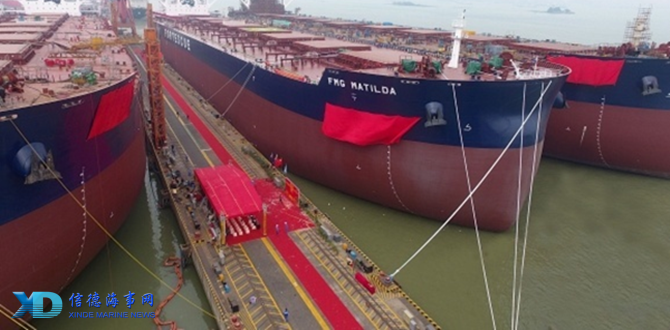
In 2017, GSI completed construction on 31 client vessels, with 18 of them being built in its Nansha factory, while CSSC Huangpu Wenchong Shipbuilding Company completed 35 ships worth 12.4 billion yuan.
Despite excess capacity in China's ship-building industry, Guangzhou still stands out among its competitors due to flourishing offshore oil and wind power markets, as well as several large-scale bridge projects.
Guangzhou is home to two thirds of shipyards in Guangdong province and, according to Chen, the city will seek to further bolster its position through development of more high-end industries such as ship maintenance, shipping finance, and tour cruises. Chen also noted that ship-building companies should solidify themselves as developers of new technology, as smart manufacturing is the undeniable future of the industry.
Sources:newsgd
Please Contact Us at:
admin@xindemarine.com

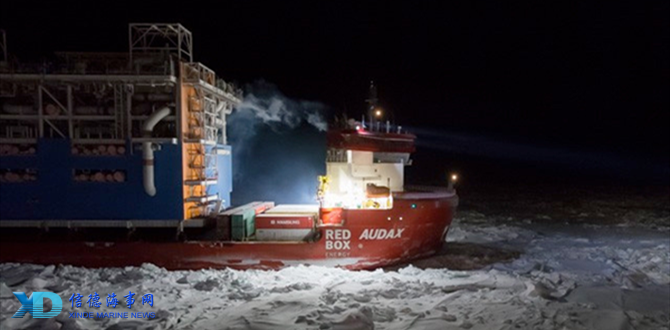


 World’s Largest Pulp Carrier Delivered 213 Days
World’s Largest Pulp Carrier Delivered 213 Days  Danelec Expands High-Frequency Data Installed-Base
Danelec Expands High-Frequency Data Installed-Base  World’s Largest LNG Dual-Fuel Container Ship Triu
World’s Largest LNG Dual-Fuel Container Ship Triu 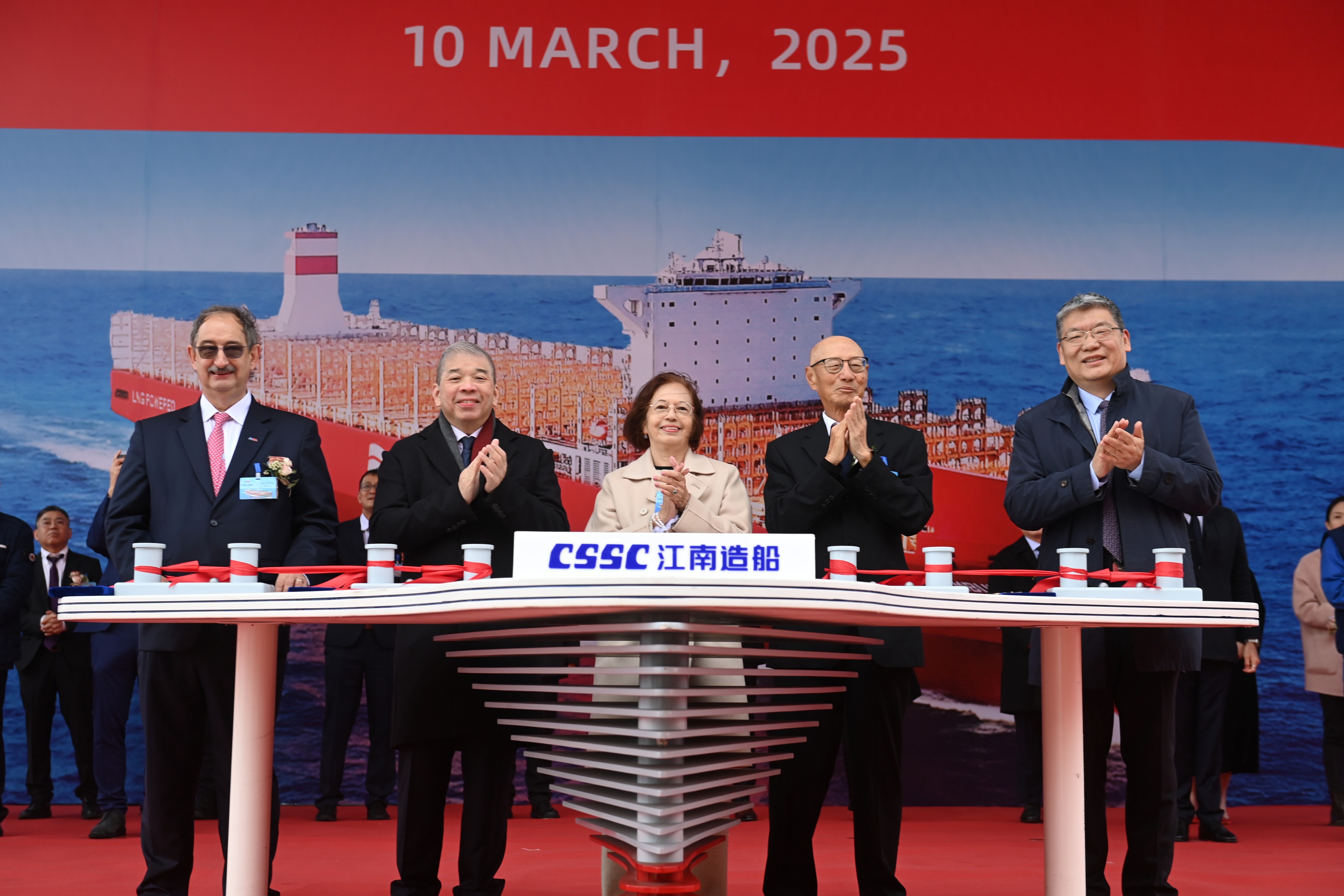 PIL advances fleet renewal with the naming of its f
PIL advances fleet renewal with the naming of its f 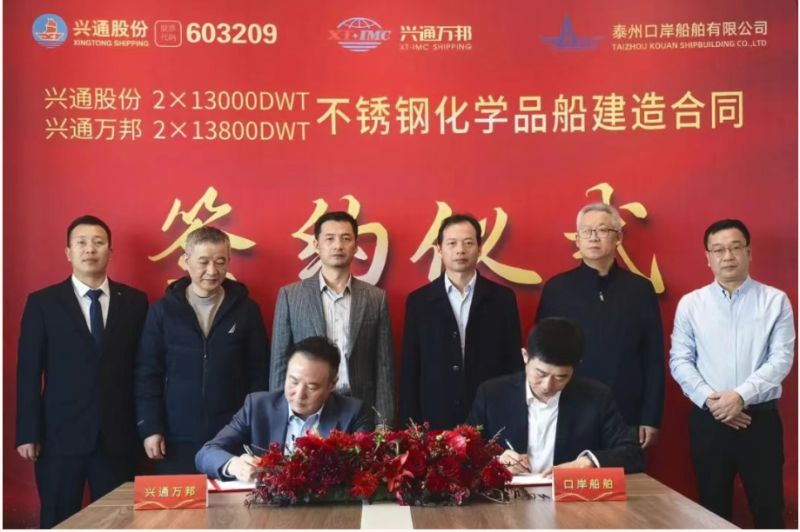 Xing Tong Shipping Orders four 13,000 DWT stainless
Xing Tong Shipping Orders four 13,000 DWT stainless 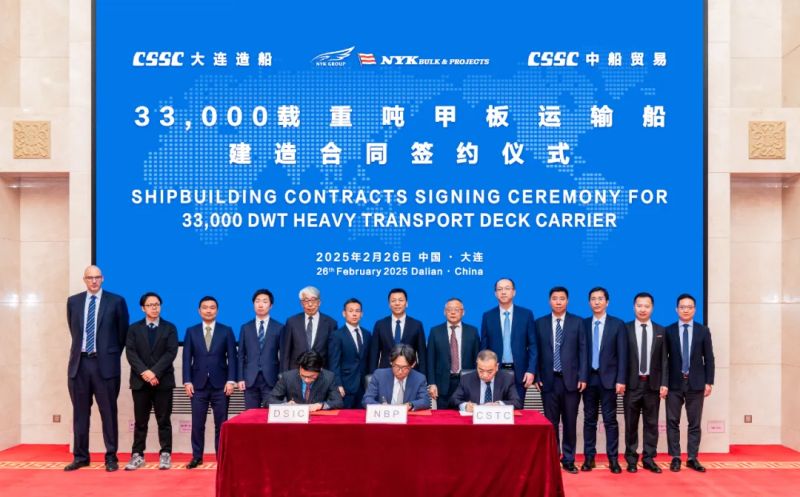 Breaking New Ground in Maritime Excellence: DSIC &a
Breaking New Ground in Maritime Excellence: DSIC &a